
Our Blog
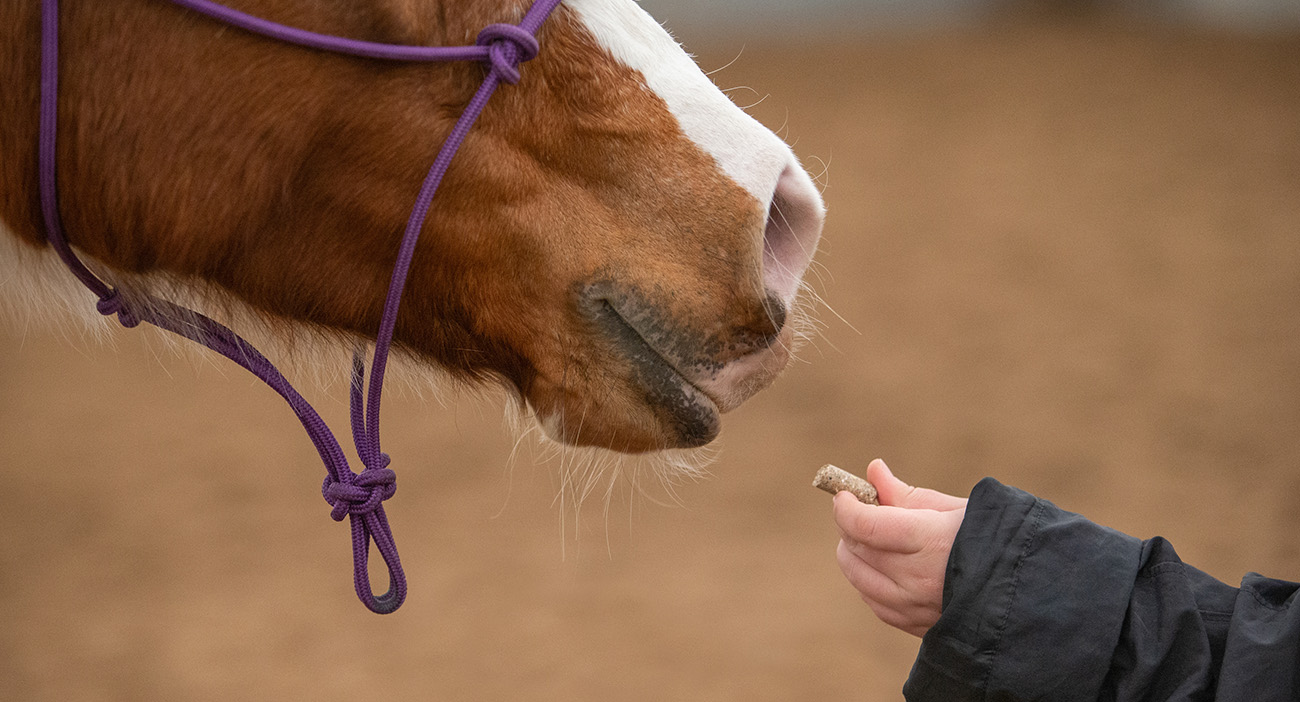
January 13, 2023
How To Bring A Horse Back Into Work After A Break
Many horses will have had a break over the winter, after a busy competition season. For some this might be a short few weeks, for others, this might last a little longer. Either way, it’s important to ensure you bring your horse back into work correctly.
Bringing your horse back into work correctly will:
- Prevent injury (or reinjury)
- Ensure your horse is fully prepared for the demands of their discipline
- Prevent you from over-facing your horse when you get back into competition
- There are many schools of thought on how to bring your horse back into work. The SPORT and FIIT training principles are backed by sports science* and easily applied to a horse's training programme, whatever their level.
What Is The SPORT Principle?
SPORT stands for specificity, progression, overload, reversibility and tedium.
Specificity refers to training for the discipline you will be competing in. The training must be relevant both to the individual horse and rider, as well as the sport. By tailoring your training according to the discipline you are competing in, you are strengthening the muscle groups that the horse uses whilst competing.
Progression refers to gradually increasing the training intensity over a period of time. This avoids your horse from reaching a plateau and reduces the risk of them injuring themselves. You also want to ensure that your horse is physically fit enough before you progress to the next stage of training.
Next is overload. This is based on the concept that there should be some level of difficulty within the training, for you to see improvements over time. We recommend applying the progression principle to this, as too much too soon could result in injury. An example of this might be a showjumper looking to move up a level in training and competition. In this instance, you might begin by practising around a course of jumps, with an element that is included within the next level. Once your horse finds this easy, you would then begin to increase the number of elements you see at the higher level until they can confidently jump the full course.
When training your horse, you’ve got to remember that all training has some level of reversibility. Your horse's cardiovascular fitness and muscle strength can all de-adapt should training stop or be significantly reduced. It is therefore important to avoid long breaks in training in order to maintain a horse’s level of fitness and ability. It’s also important to remember that it takes more time to rebuild a horse’s fitness than it does to lose it!
Lastly, is tedium. This refers to adding variety to a training plan to prevent injury and boredom. Doing the same training session over and over again increases the risk of repetitive strain injury. Your horse will also become bored, and more likely to misbehave as you aren’t keeping their brain engaged. Including a variety of training sessions including hacking, pole work, flatwork, canter work and jumping (to name but a few) reduces the risk of repetitive strain injury AND helps your horse to keep their attention on you whilst being ridden.
What Is The FITT Principle?
The next training principle to apply is the FITT principle. The FITT principle is a fundamental part of many of the SPORT principles, as it explains them in more depth.
Frequency is about gradually increasing the frequency of both the training sessions and type of training session. For example to build fitness you may decide to just hack your horse, but as your horse gets fitter, you might start increasing the number of flatwork, pole work, or jump sessions.
Intensity refers to the intensity of the work asked of your horse. In order to provide overload, and progress in their training and fitness, you should gradually increase the intensity of the work asked of your horse. Intensity can be increased through:
- Increasing the time each session takes
- Increasing the difficulty of the work asked of your horse
- Next is time. In this instance, time refers to two metrics.
- The first is the length of the training sessions. Here you will gradually increase the length of your horse's training sessions over a set period of time.
- The second element is reducing the recovery times between training sessions. A fitter horse will be able to do harder work with shorter recovery periods, but you need to build the stamina and endurance for that. You might have to find the balance between increasing the intensity and length of the sessions, and the recovery times between sessions. When you initially move up a level, the recovery time between sessions may need to increase to accommodate this.
- Finally, you need to consider the type of training session. There is a large variety of training sessions you can do with your horse, including flatwork, pole work, jumping, hacking or lunging (or a combination of these things). Varying the work will benefit your horse in two ways. Firstly, they won’t get bored during training and will work better for you and enjoy their work (see tedium in the SPORT acronym above). The second is that varying work has been suggested to reduce the risk of injury in horses**.
Other Things To Consider
Whilst these are good guidelines for training and bringing your horse back into work, there are other considerations as well.
Is Your Horse Getting The Correct Nutrition For The Level of Work They Are In?
Too much energy-rich hard feed and they may get too excitable to ride safely. Meanwhile, a diet that lacks protein may make it difficult for a horse in harder work to sustain that level of work, resulting in fatigue and sometimes injury.
Consider The Reason For Your Horse's Break
Before bringing your horse back into work, consider the reason for their break. Was it rest after a busy competition season or due to injury? This will alter how you approach their reintroduction to ridden work. A horse that was just having a rest will take less time to get back to full fitness, than a horse who was recovering from injury. This is because the periods of time off will differ, and the horse who had the injury will need some rehabilitation work before introducing more intense training sessions (assuming that they haven’t already done this).
Think About Your Horses Age
Consider your horse’s age. A fit horse in their prime (8-16 years old) will take less time to bring back into work than a young horse or a veteran. For young horses, you won’t want to ask too much of them too quickly, as they are still growing and this could increase their risk of injury (more so than if you were to accidentally overwork a slightly older horse). Equally, a veteran horse may take longer to adapt to their new workload, possibly due to previous injuries, and the onset of arthritis and other conditions you might see in an older horse that has had a full competition career.
What Is Your Horses Temperament?
Temperament also plays a big part in how quickly you bring your horse back into work. Some horses will be quite chilled about the process, and won’t mind rest days between sessions initially. Others might be a little “highly strung” and need riding more at a lower intensity with fewer rest days in order to keep them happy. Each horse is an individual and this should be taken into account when bringing them back into work.
Finally, remember not to incorporate harder work such as gallop work and jumping into your training routine too soon. Work like this needs to be brought into a training regime gradually, as it is harder physically on your horse. If your horse has had a longer break, this will take more time for your horse to build up to.
Summary
As a guide, many training programmes for bringing horses back into full work take between 12 and 16 weeks. This is dependent on discipline, age and type of horse and previous injuries. If you are unsure, it’s always better to take more time, than less. It is always worth consulting with a professional such as your riding coach if you’re ever in doubt. If you are bringing your horse back into work after an injury, always consult with your vet and veterinary physiotherapist first.
Further Advice
*https://journals.lww.com/acsm-csmr/fulltext/2019/04000/sports_training_principles.2.aspx and https://www.sciencedirect.com/science/article/abs/pii/S0031938418307674
**https://www.sciencedirect.com/science/article/abs/pii/S1090023309001270, https://pubmed.ncbi.nlm.nih.gov/17530966/ and https://pubmed.ncbi.nlm.nih.gov/15014342/
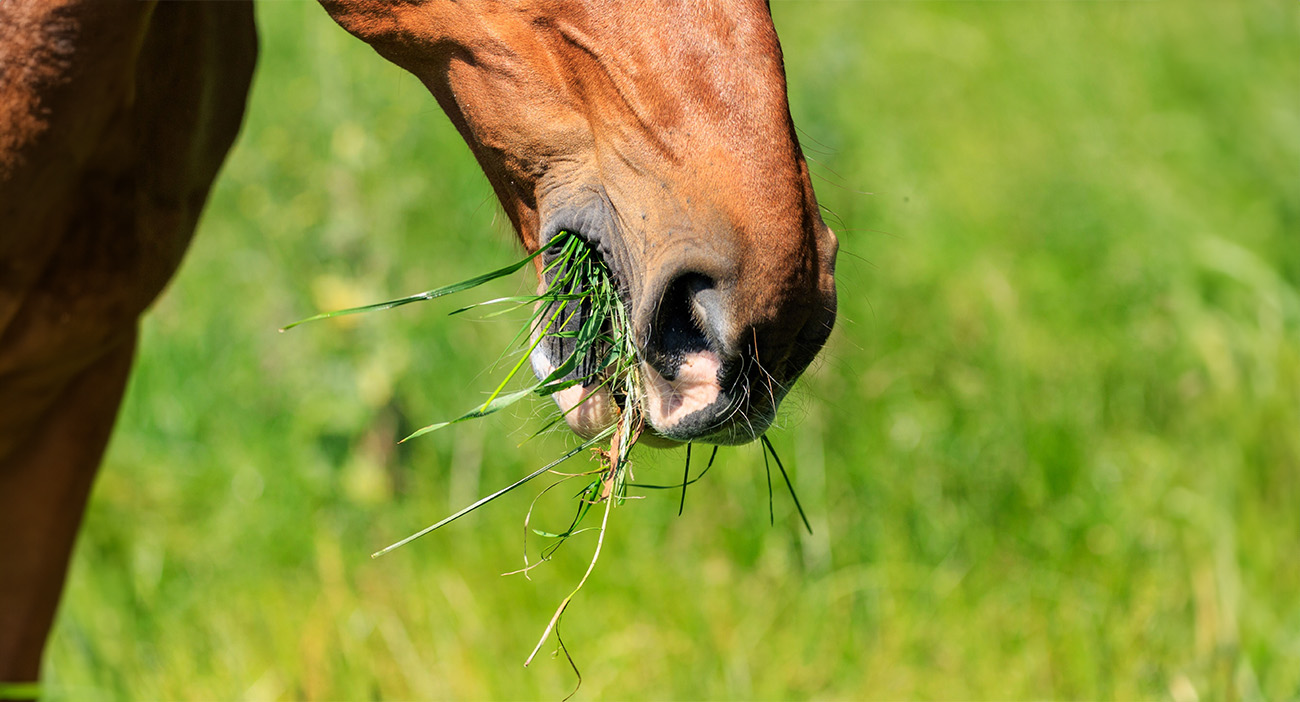
July 16, 2025
Do Horses Need Hay in the Summer?

May 22, 2025
Changing Your Horses Diet From Winter to Spring
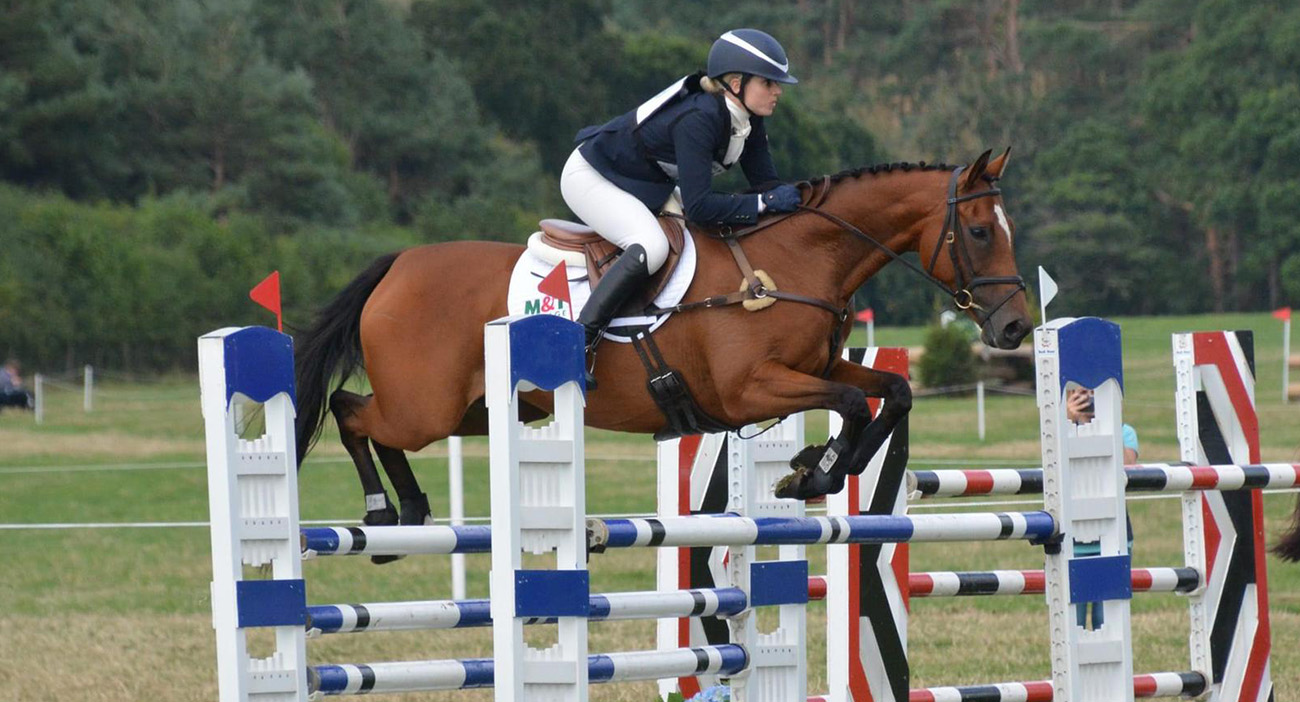
April 4, 2024
Eat, Sleep, Compete, Repeat
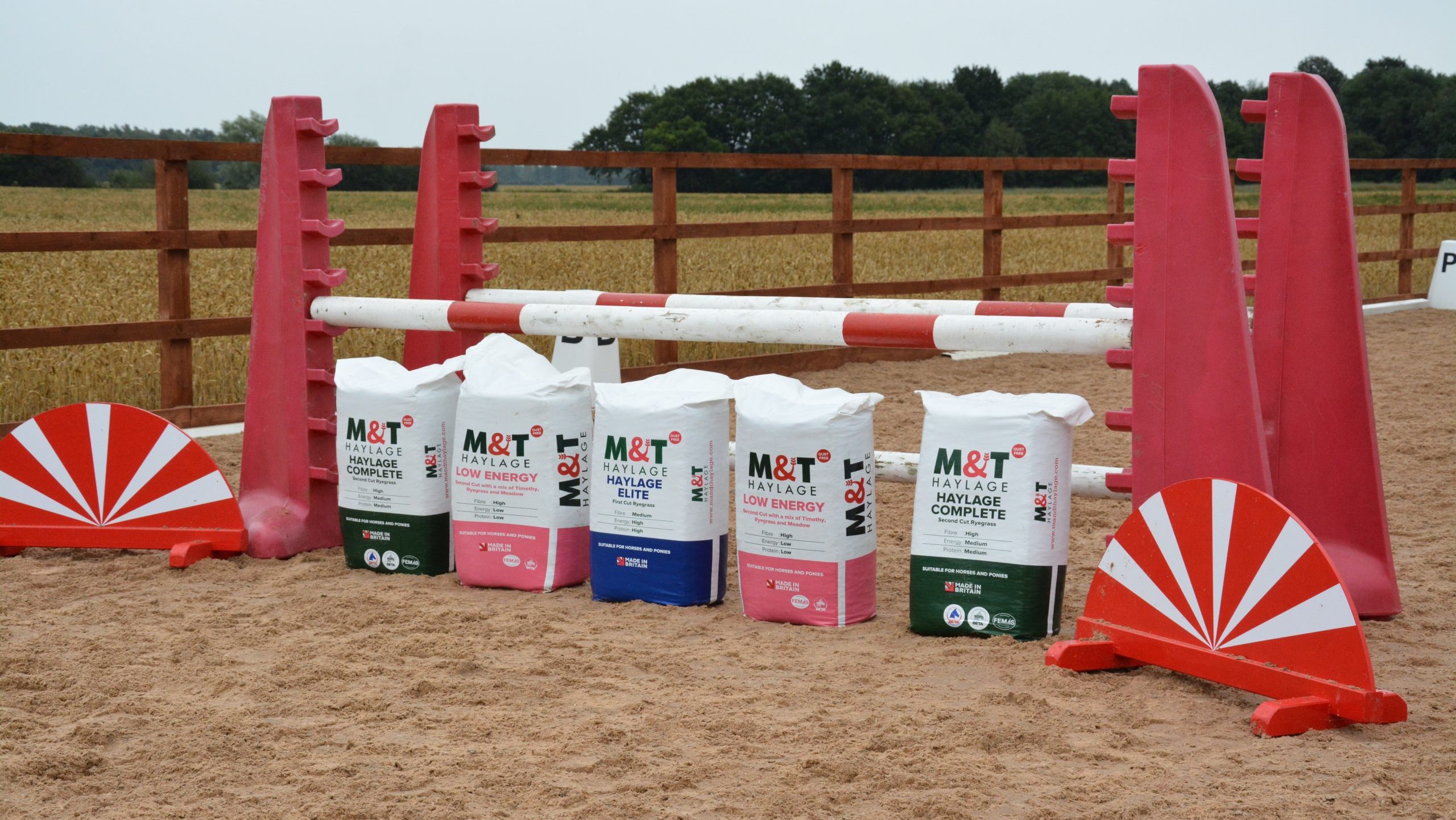
March 8, 2024
Top Tips For Managing Forage On The Go: Part Two

March 8, 2024
Consistency Is Key for Horses
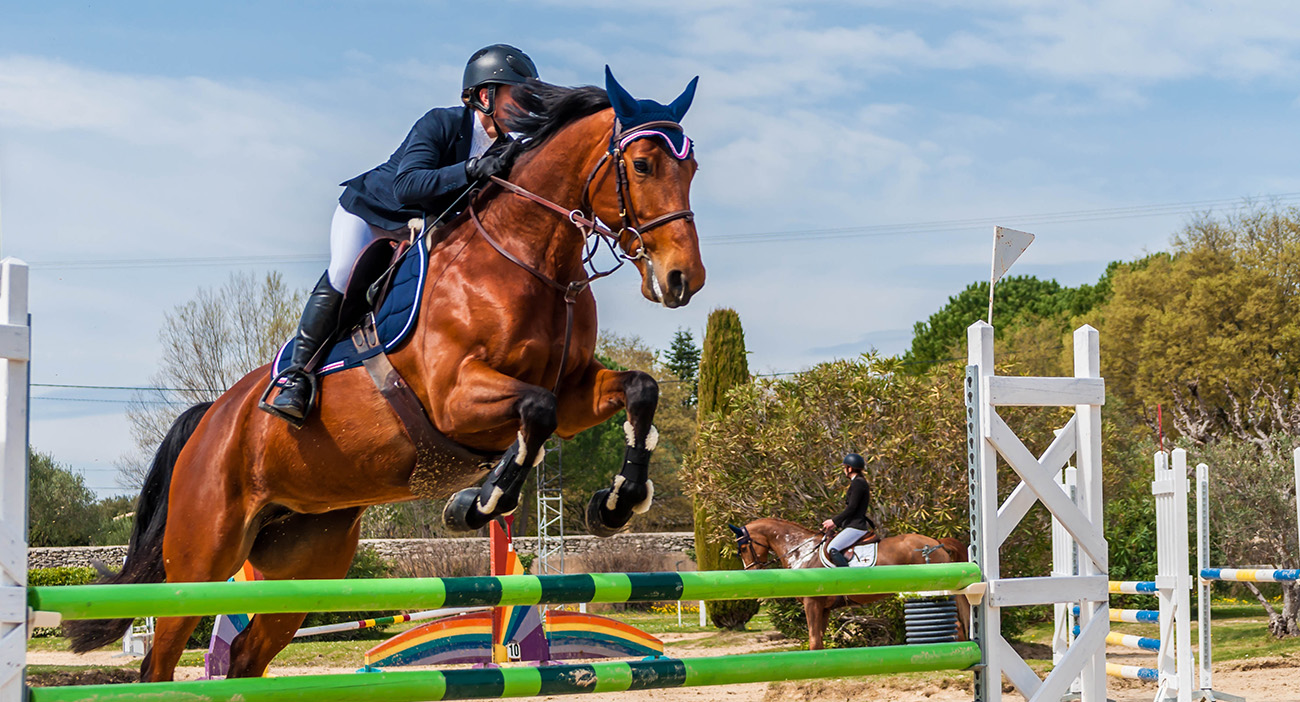
February 19, 2024
Don’t Underestimate The Value of Preparation
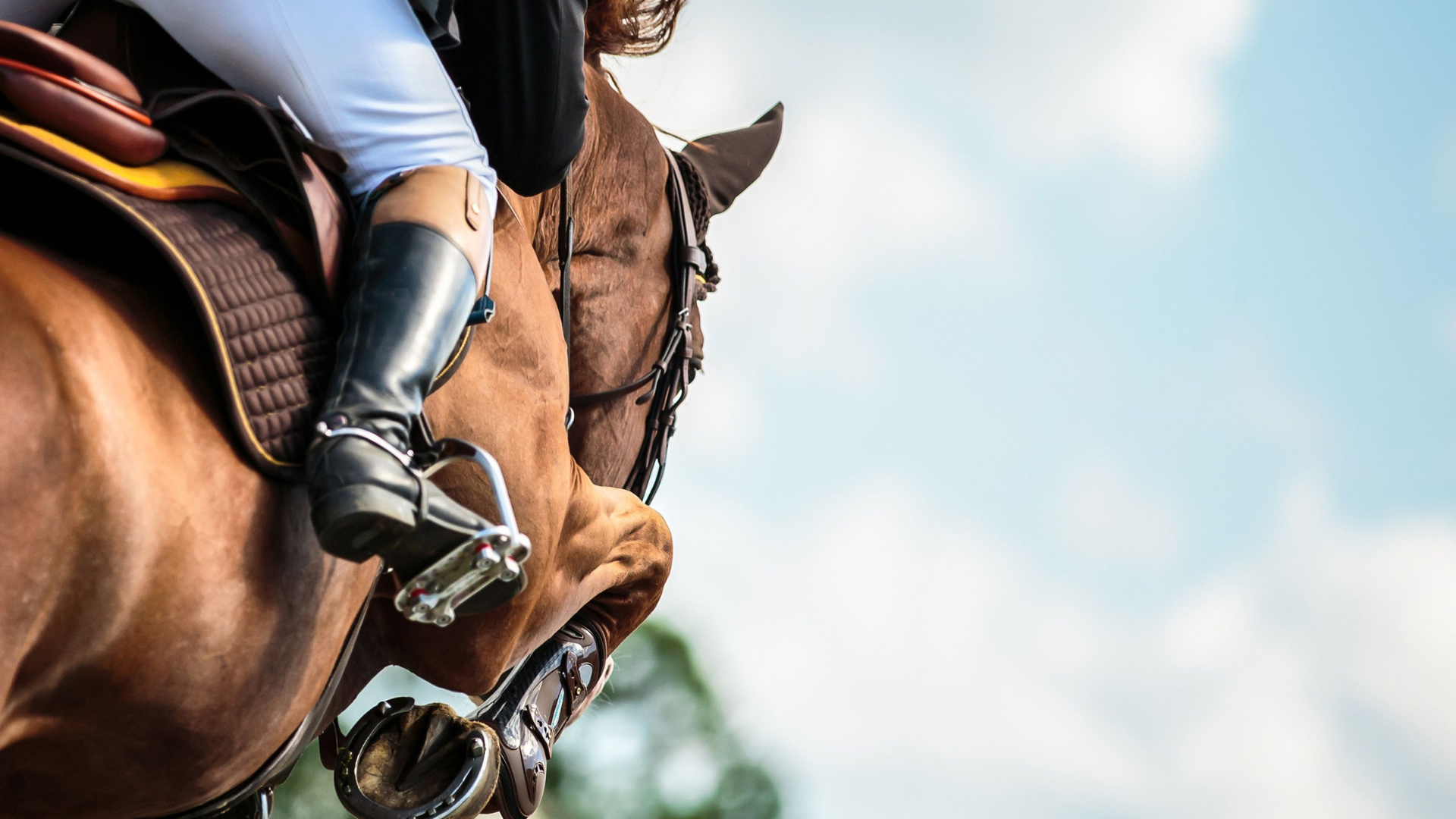
February 6, 2024
Know Your Horse Inside Out
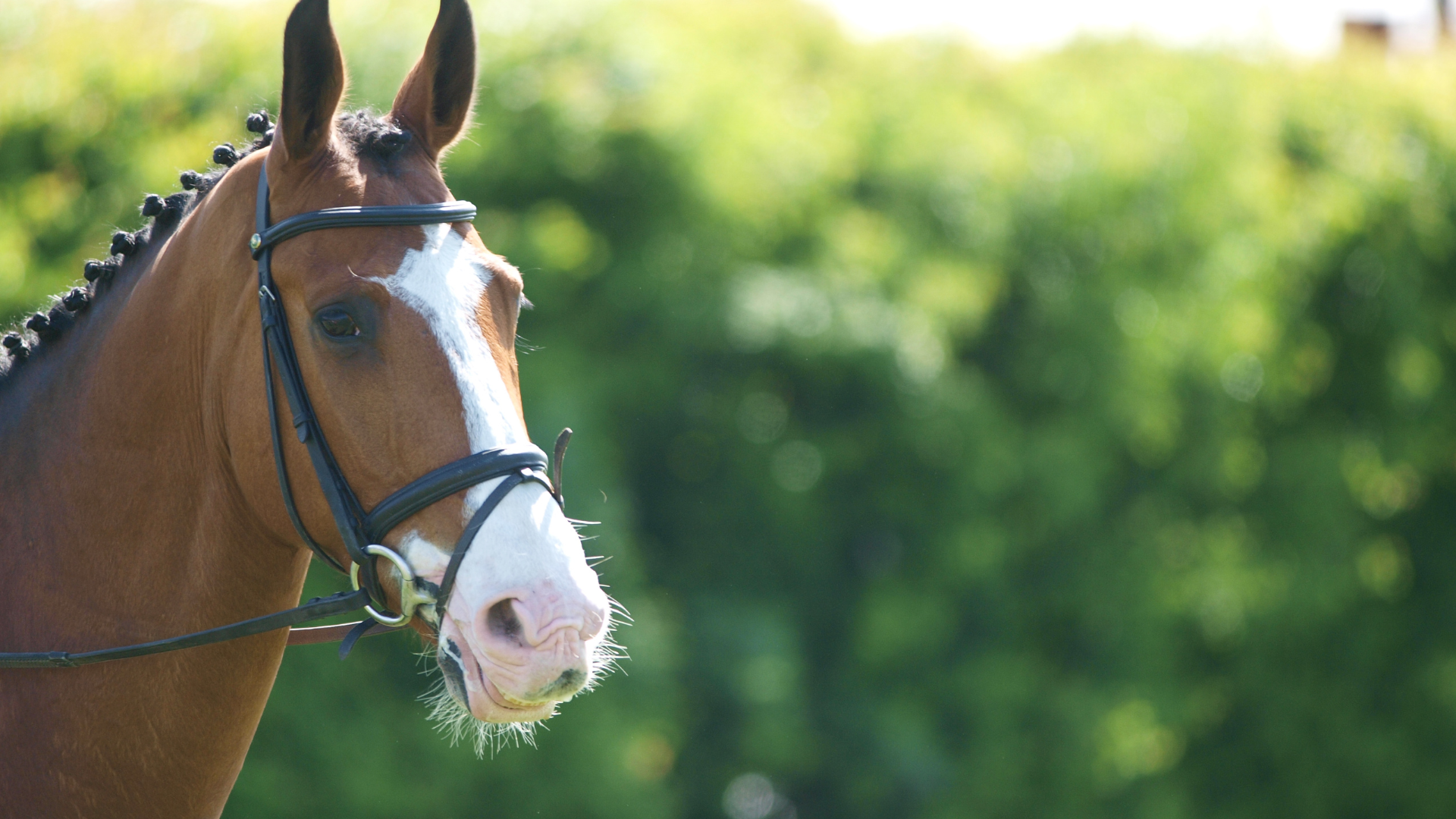
December 11, 2023
How To Get The Most Out Of Your Horse Forage During Winter

November 7, 2023
Which Hay Shall I Feed My Horse or Pony?

September 14, 2023
Hay Exportation – Why Choose British Hay?
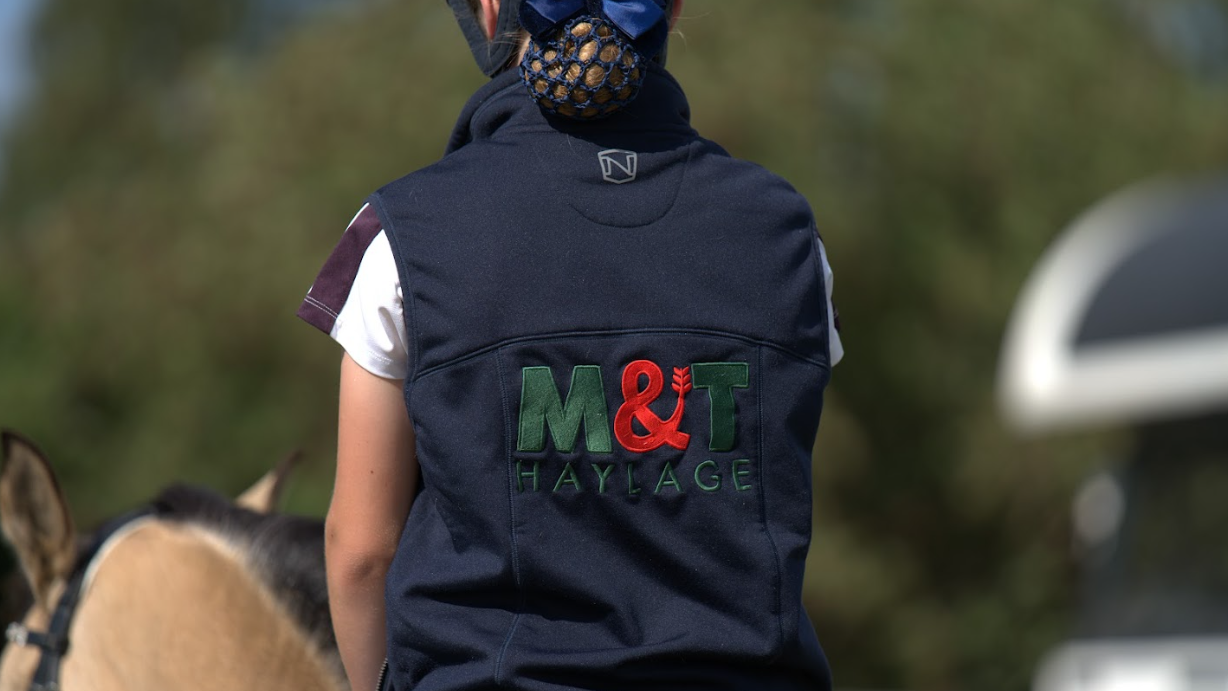
March 3, 2023
Hay vs Haylage: Which Is The Right Option For Your Horse?

January 13, 2023
How To Bring A Horse Back Into Work After A Break
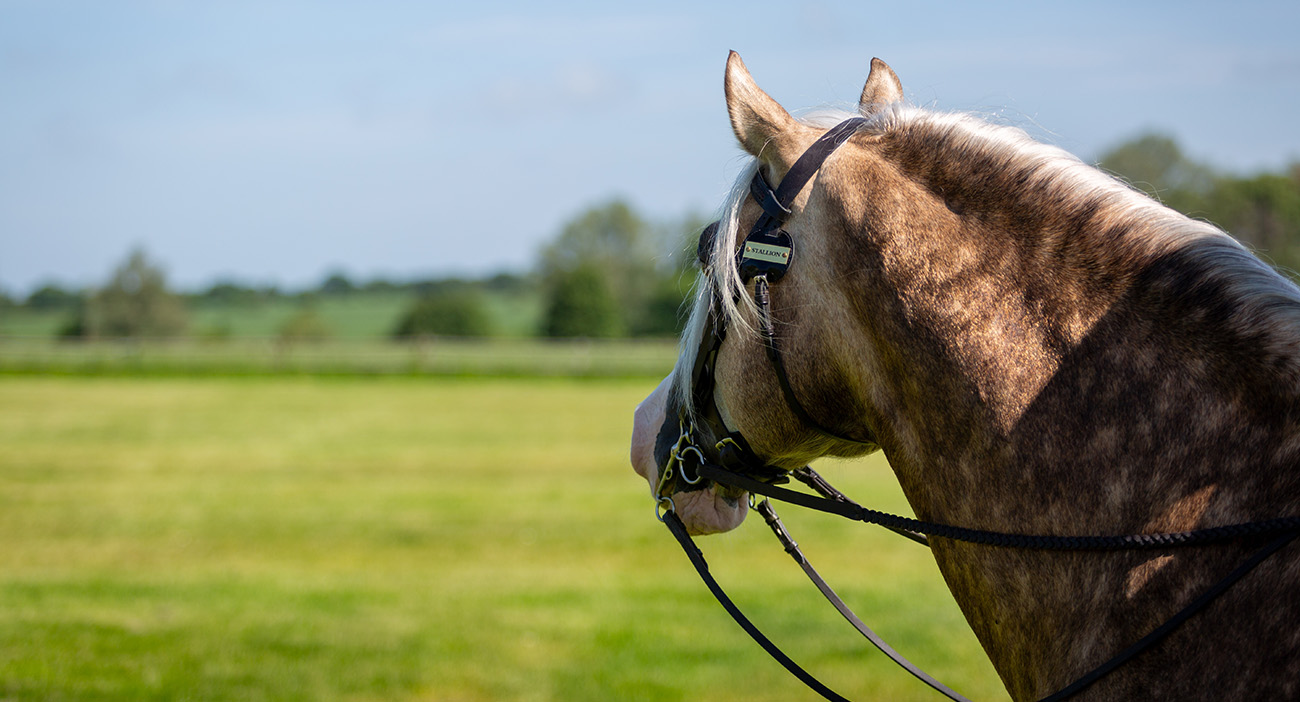
November 23, 2022
How To Body Condition Score Your Horse
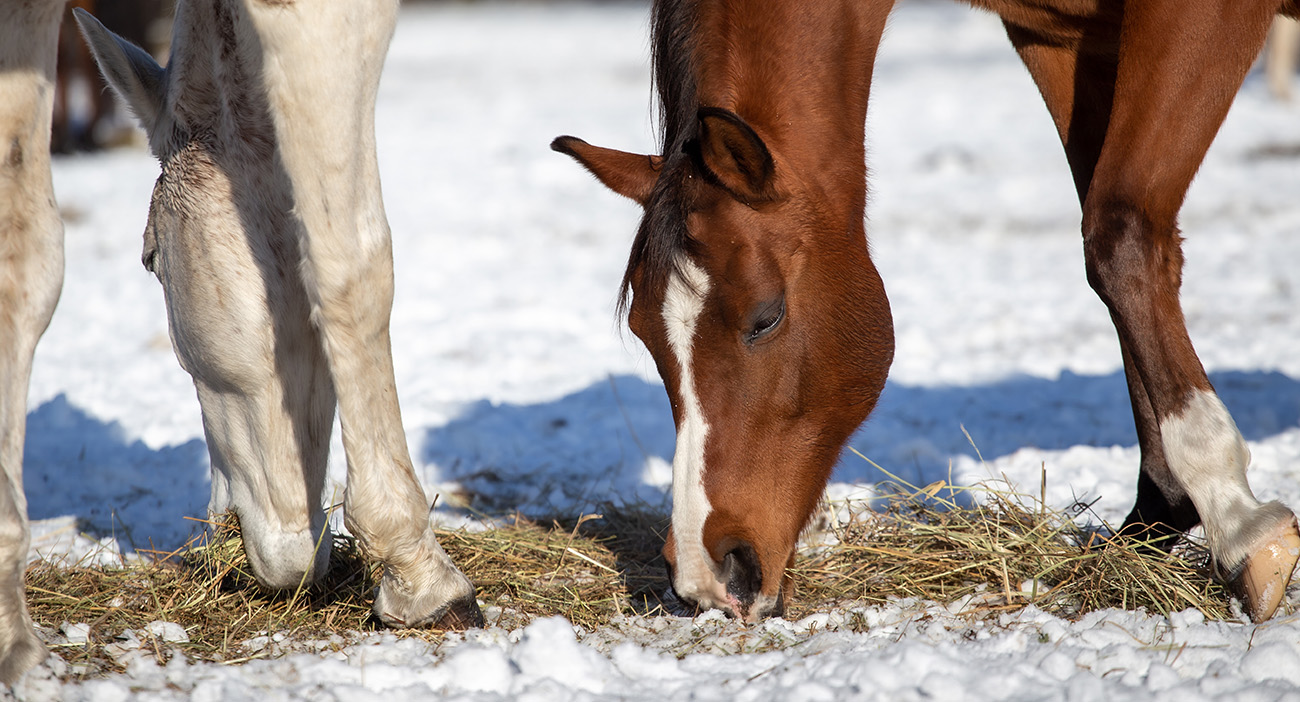
November 7, 2022
Winter Feeding Tips For Horse Owners
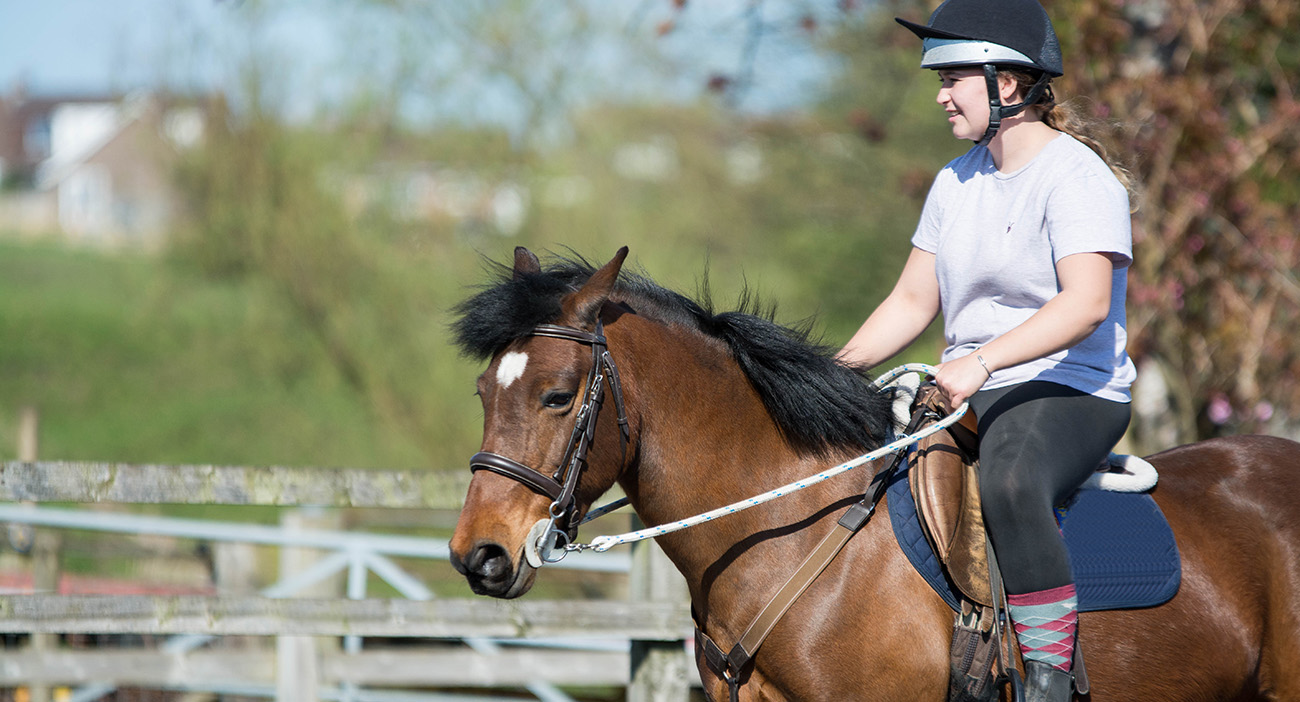
October 20, 2022
Money Saving Tips For Horse Owners
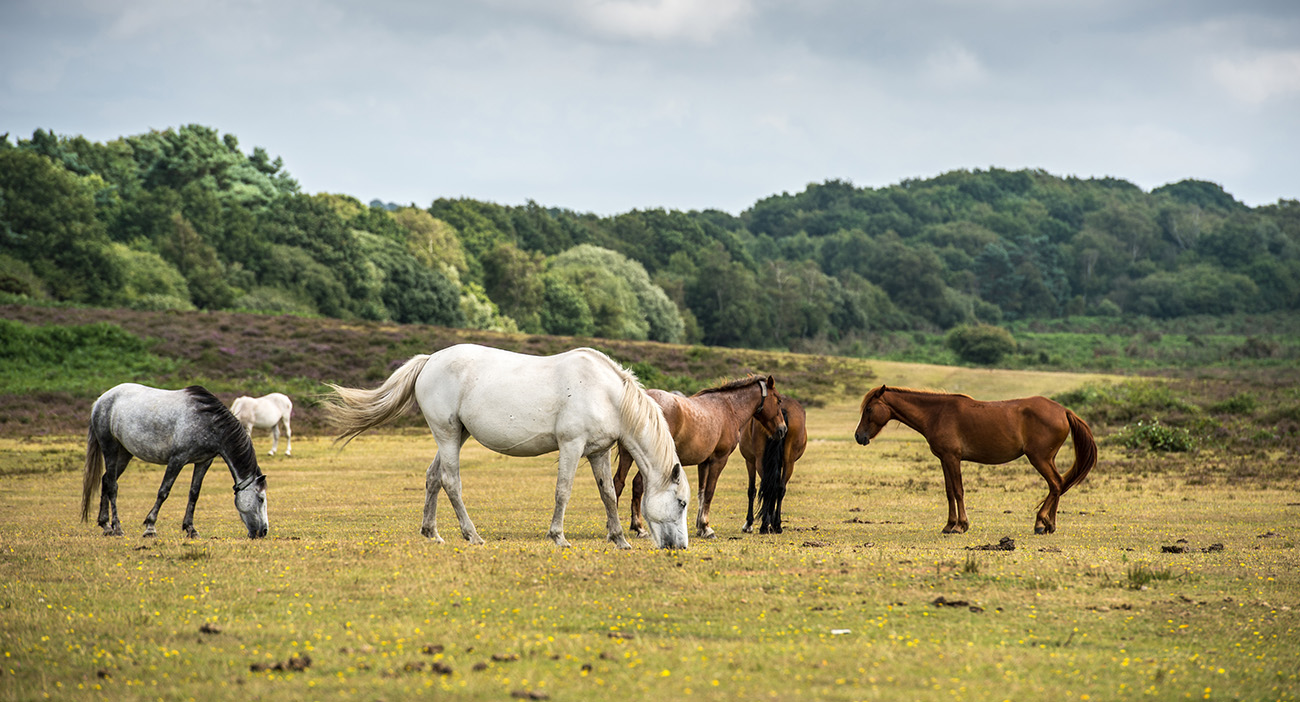
October 3, 2022
8 Ways To Keep Your Horse Entertained

September 30, 2022
Equestrian Question and Answer Session: Sophie Platt
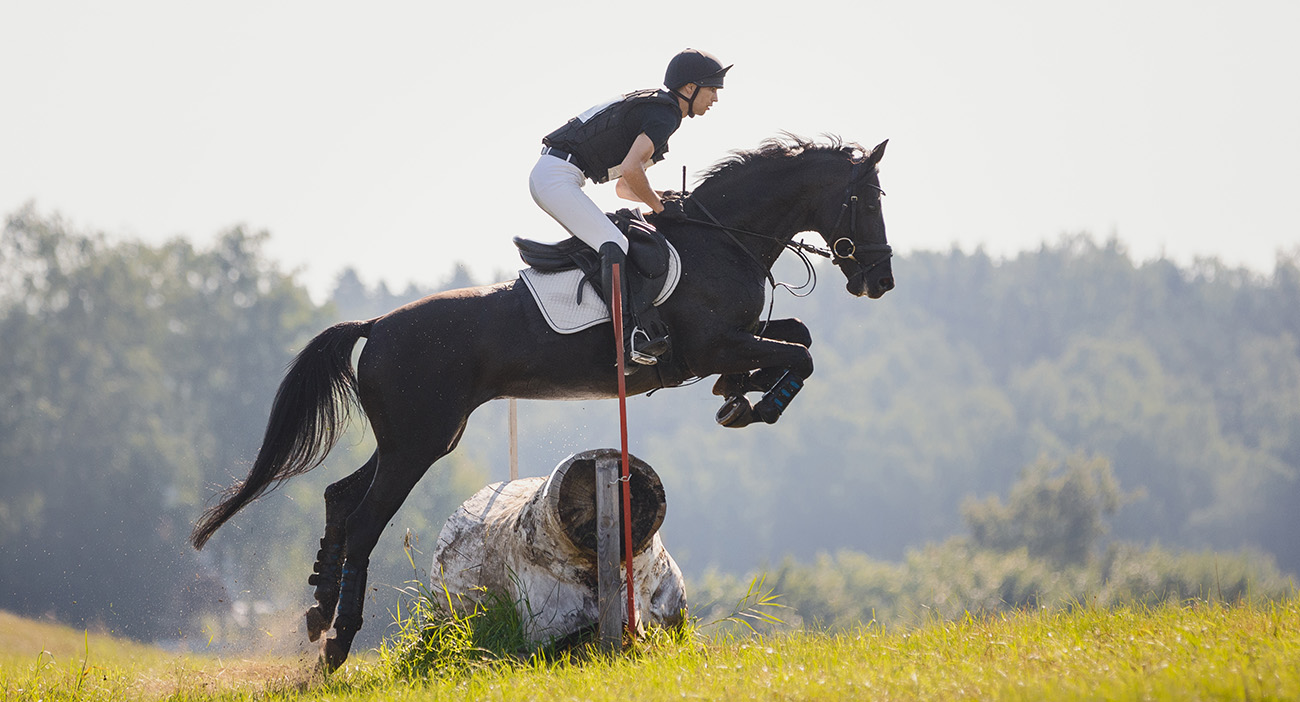
August 25, 2022
Preparing Your Horse For Competition
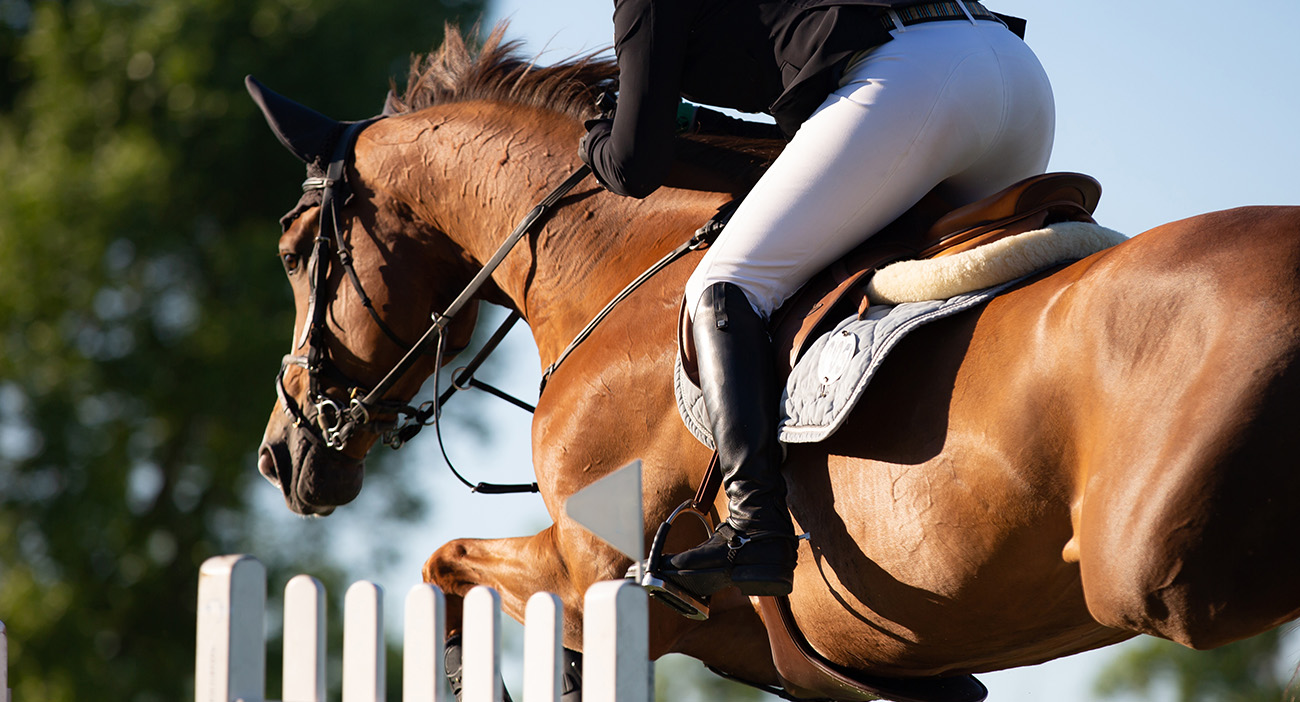
July 28, 2022
What Is Normal For My Horse?
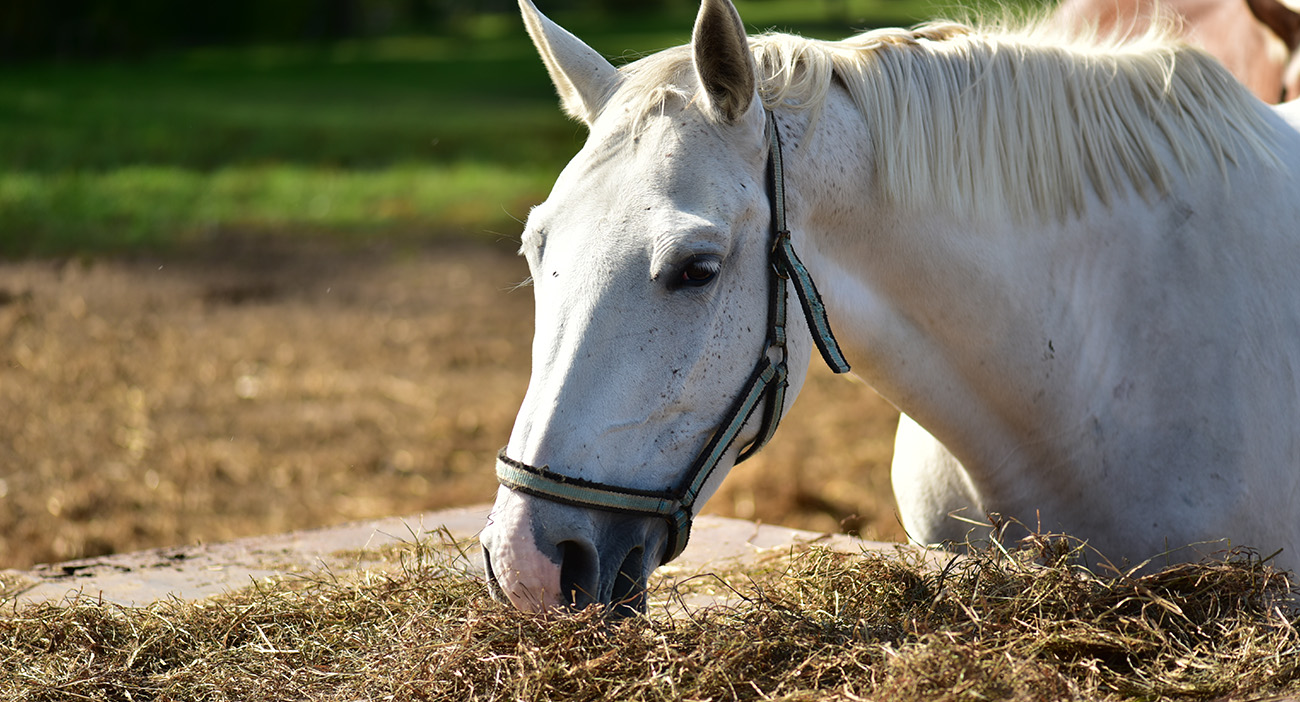
June 30, 2022
Compeition Horses: Managing Forage and Water Intake
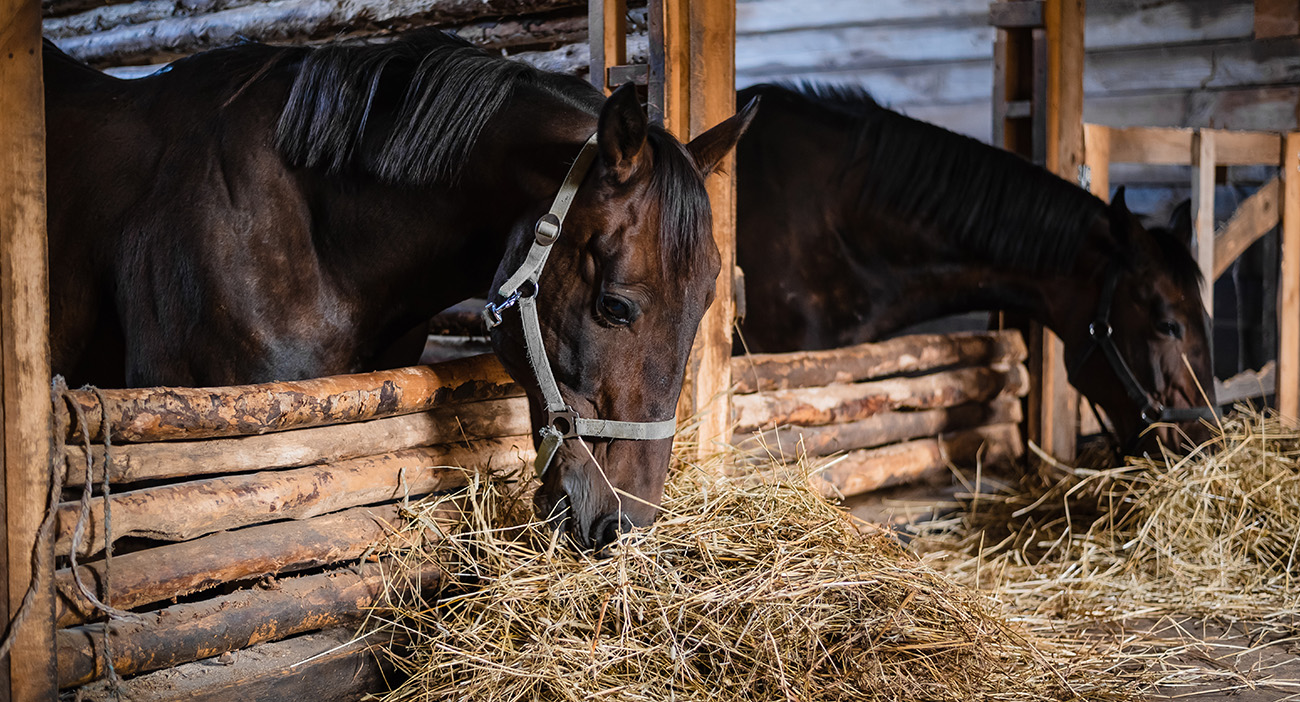
October 1, 2021
How To Feed EMS Horses: Nutritionist Top Tips For Horses
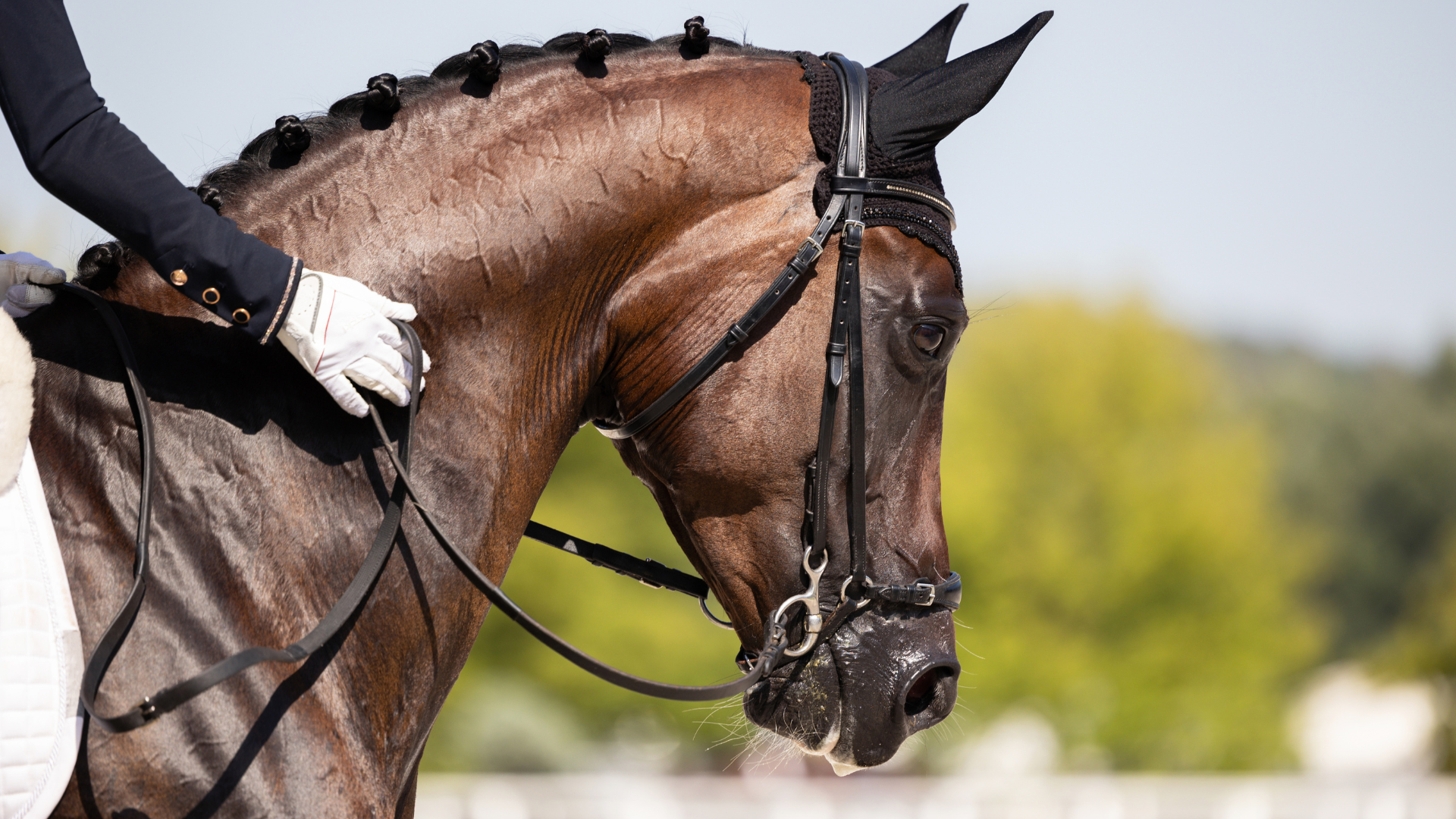
September 22, 2021
Feeding The Equine Athlete
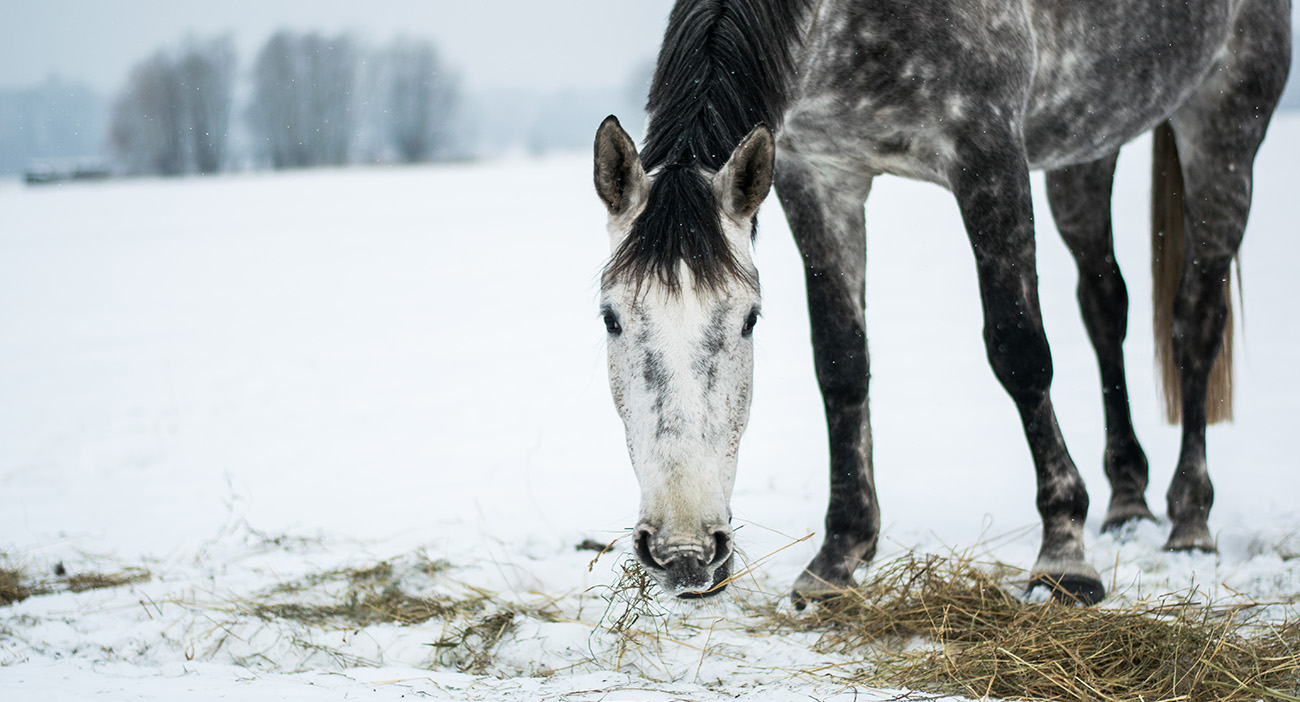
September 7, 2021
How To Feed Your Horse Indoors This Winter
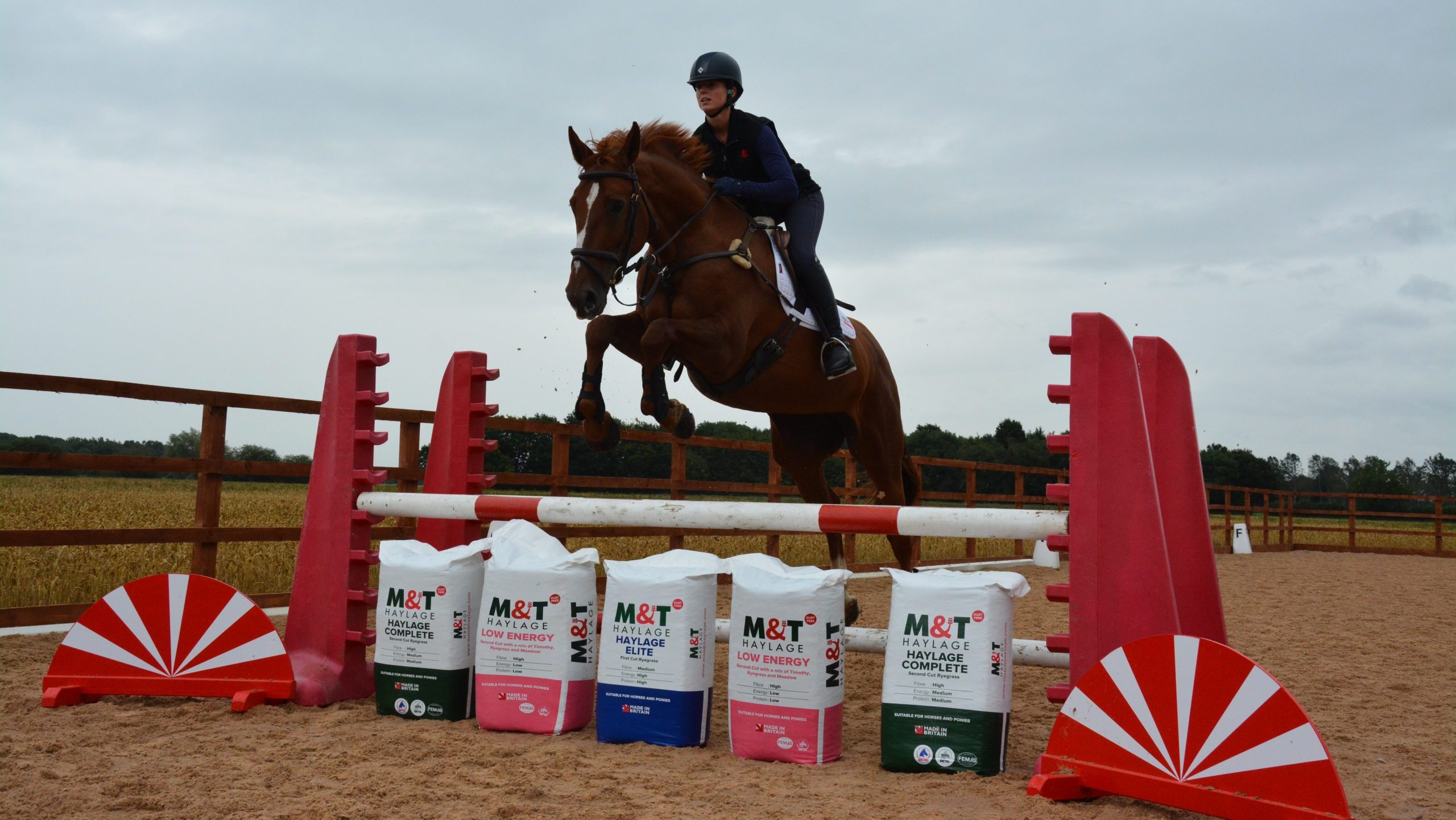
December 7, 2020
Premium Horse Forage: Ask The Nutritionist
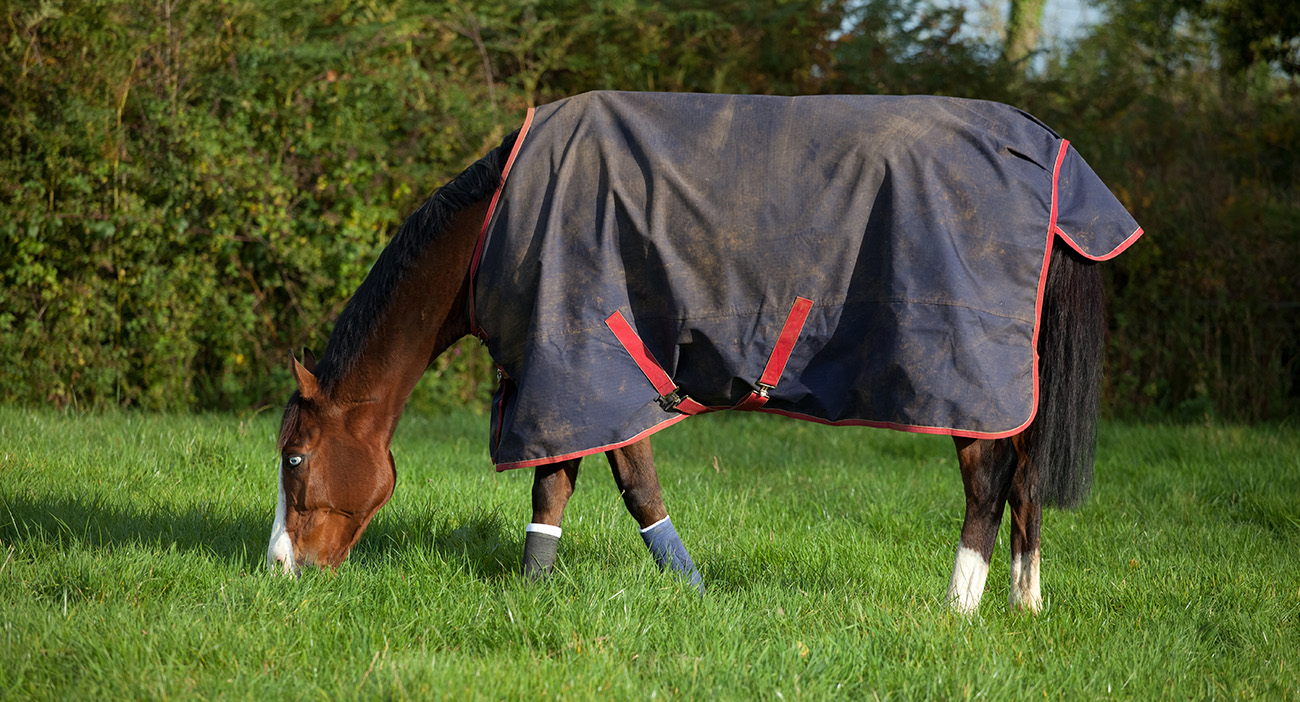
July 9, 2020
Top Tips For Managing Forage For Horses On The Go: Part One
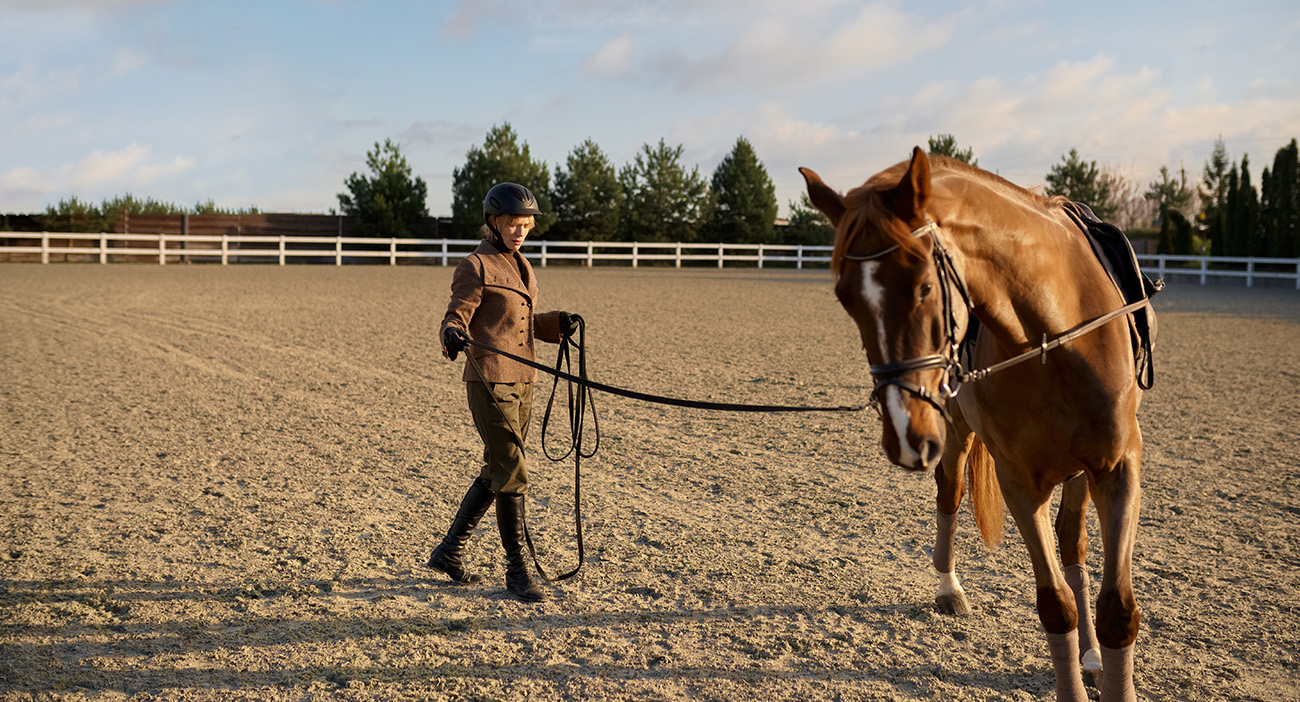
January 16, 2020
Haylage Myth Buster: Nutritionist Top Tips for Horses





